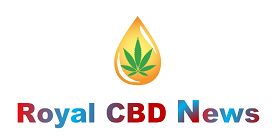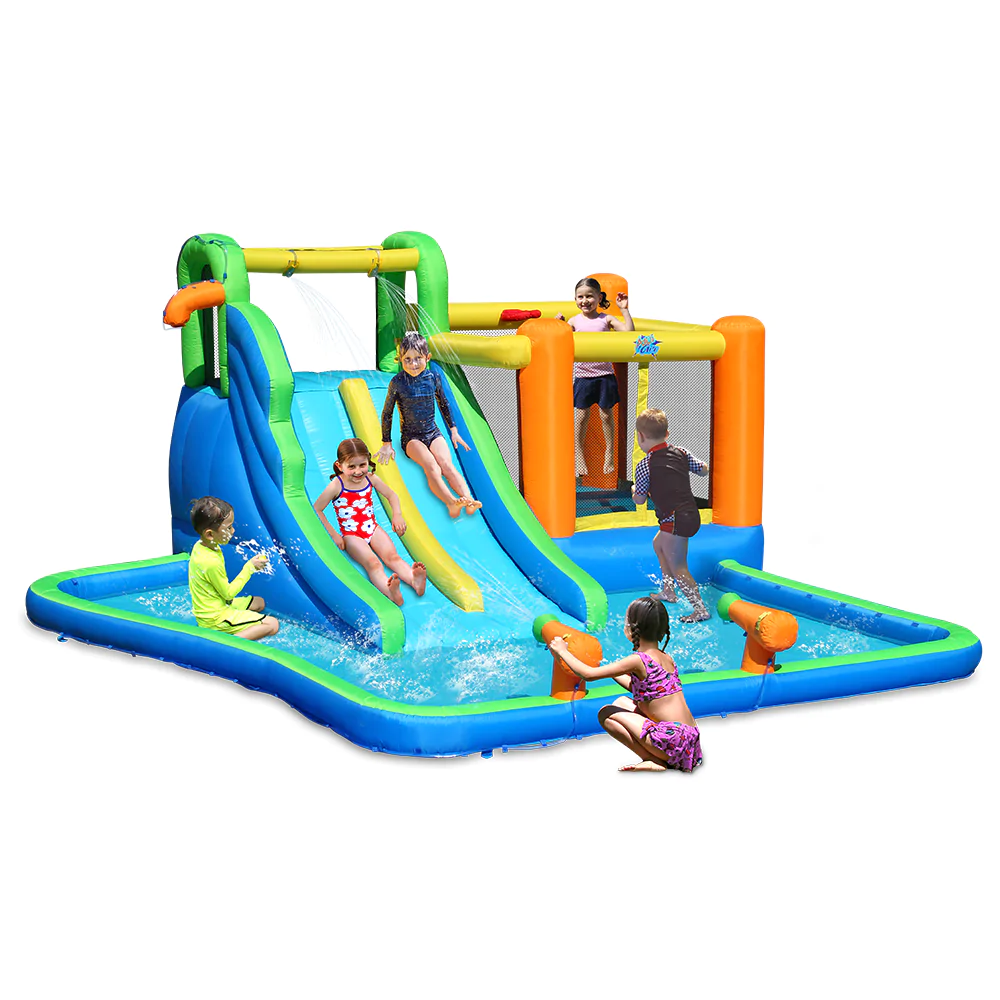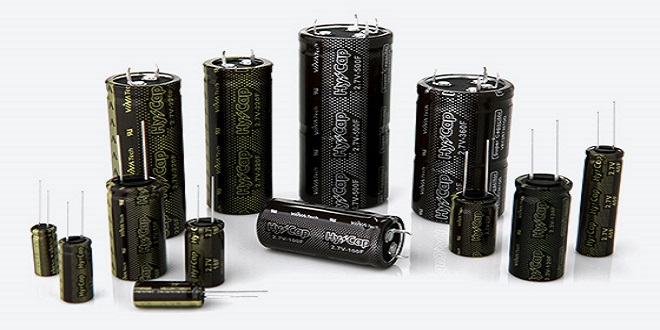How to develop your product’s brand

The first step in developing your product’s brand is to do research. Learn about your competitors and what their brand identity is. Also learn about color psychology and the voice of your company. There are several important components to developing your product’s brand. Below are some tips to get you started.
Competitive research is a key element of your product’s brand development
If you’re looking to increase your build a product’s brand recognition, competitive research is an essential tool. Not only does it allow you to understand your competitors’ products and services, but it also enables you to better serve your customers. By doing competitive analysis, you can learn more about your competitors’ operations, technologies, and manufacturing methods.
A thorough competitive analysis involves collecting and analyzing all the necessary data. This analysis will help you determine your competitors’ strengths and weaknesses and identify market share. Using the information you gather, you can make changes to your products and services to take advantage of their strengths and weaknesses.
Logo’s contribution to brand identity
Your logo can play an important role in developing the brand identity of your product. Different form off brand products, in general the logo and a brand of a product has a storytelling behind it.
It must fit in with other elements to create a unique brand identity. To develop a logo, it is important to follow several stages. These phases each have their own goal, process and deliverable.
First, your logo should tell people why you’re in business. This will create a sense of trust and accessibility, which will in turn develop brand loyalty. Your logo can help you capture and retain customers and help you expand your business. For example, Nike apparel is a trusted brand and consumers are likely to seek it out.
Your logo should be easily identifiable, as it will be visible on marketing materials and letterhead. If your logo does not capture attention, potential customers may be averse to your product or service. It is also important to remember that your logo is the first thing a consumer notices before reading a product or service. It should be simple, memorable, appropriate, and conjure the right feelings. Successful businesses understand the power of their logos and have a strong brand identity that they want to build.
Color psychology
When developing your product’s brand, color psychology is a powerful tool. Color is closely related to memories and experiences. A person’s association of a specific color with a certain memory can make them feel happy or sad. For example, the color yellow can inspire joy by invoking a memory.
Choosing the right color can make your brand stand out, or it can blend in with the crowd. Knowing how different colors influence people and what they feel can help you portray your brand in a way that will be enticing to your audience. Here are some tips to help you use color psychology to develop your product’s brand.
One way to make your brand stand out is to use complementary colors. These colors are similar in hue and have natural elements. They work together to position your product as reliable, secure and down to earth. Color psychology is a proven marketing technique that helps brands develop their brand identity.
Conclusion
Brand voice is an important element of integrated marketing agency of your brand. It can help you attract a more responsive audience. Brands with good brand voice engage their target audiences and help them make more informed decisions. This is important for a number of reasons. In this article, we’ll look at the steps involved in developing a successful brand voice.
First, you need to identify the tone of voice of your brand. This is a characteristic that reflects your business’ culture, its values, and its ideal clients and customers. Brands with strong brand voices sound consistent across all channels. Whether you’re communicating via social media, email, or blog posts, your brand voice should be consistent across all your materials.





